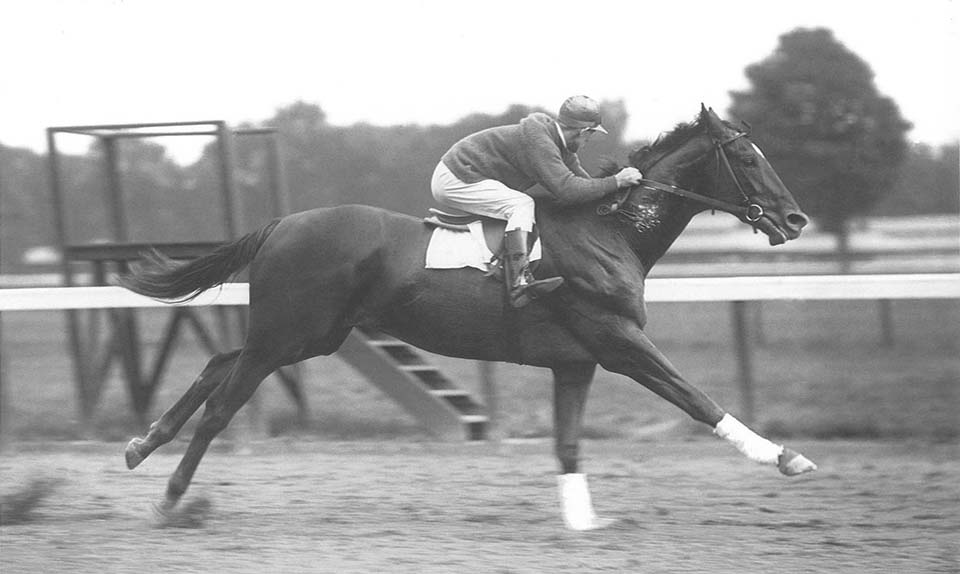Why is the Belmont Stakes Being Shortened?
This year the race will be contested at 1 1/8 miles, three furlongs shorter than the traditional Belmont Stakes distance of 1 ½ miles because for the first time will be the anchor leg to the Triple Crown.
What Time is the Belmont Stakes?
The Belmont Stakes field will break from the gate at 5: 42 p.m. ET.
What Race Number is the Belmont Stakes?
Race 10
What is the Weather and Conditions for the Belmont Stakes?
The day’s high temperature will reach into the lower 80s.
Belmont Stakes Winners
Three horses share the shortest margin of victory in Belmont Stakes history, winning by a nose – Granville beat Mr. Bones in 1936.
Jaipur beat Admiral’s Voyage in 1962; Victory Gallop beat Real Quiet in 1998 and Creator prevailed over Destin in 2016. There have been a number of head decisions, including Ruthless’ victory in the inaugural Belmont.
Also winning by a head were Ildrim (1900); Colin (1908); Affirmed (1978); Hansel (1991); Lemon Drop Kid (1999) and Tonalist.

Secretariat – Photo courtesy of Bob Coglianese / NYRA
Secretariat at Belmont Stakes
The great Secretariat still holds the record of 31 length for the largest margin of victory, set in 1973.
Count Fleet won by 25 lengths in 1943 and Man o’War was victorious by 20 lengths in 1920.
There has never been a walkover in the Belmont, but here have been two-horse fields five times – 1887, 1888, 1892, 1910 and 1920.
The largest field was 15 in 1983, when Caveat defeated Slew o’ Gold. The second-largest fields were 14 in 1875 and 1996.
Sarava in 2002 remains the highest-priced winner in Belmont Stakes history, returning $142.50 at odds of just more than 70-1. Count Fleet in 1943 returned just $2.10.
Belmont Stakes Odds
Of the 151 previous runnings of the Belmont Stakes, 63 have been won by the betting favorite representing a 42 percent clip.
Since the advent of pari-mutuel wagering in New York in 1940 no place or show betting was taken on the Belmont Stakes six times.
Most recently, there was no show wagering in the Belmont Stakes in 1978 when Affirmed defeated Alydar to win the Triple Crown.
There was also no show wagerging in 1973 when Secretariat won the 105th running of the Belmont by 31 lengths. He paid $2.20 to win and $2.40 to place.
Show betting was also eliminated in 1957 when Gallant Man cruised to an eight-length triumph. The 1953 Belmont was also without show wagering when Native Dancer won and in 1943 when Count Fleet captured the Triple Crown the race had neither place nor show wagering.
And When Whirlaway completed his sweep of the Triple Crown in the 1941 Belmont there was also no show betting.
Also in 1943 for Count Fleet’s Triple Crown win, a minus win pool of $15,912.02 was created when the heavy favorite won. In 1969 the Belmont Stakes saw its first minus show pool when Arts and Letters won and created a negative pool of $5,782.98.
The 1979 Belmont when Spectacular Bid finished third at odds of $.30-1 to win, also resulted in an on-track minus show pool of $19,500.81.
Miriam Lee has always been a horse racing fan thanks to trips to the tracks in her home state of Maryland with her father as kid. She owns an OTTB and is an advocate for promoting the sport among her peers. Miriam studies communication arts at Hood College and will receive her master’s degree in 2021, which she plans to use for a career in screenwriting. Her all-time favorite racehorse is Man O War.




